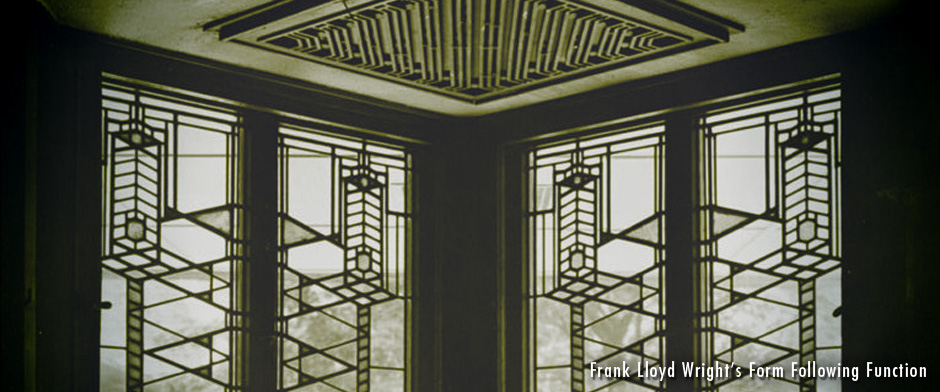So form follows function .. does it? Really?
Well .. yes .. and no. Partly.
Anyone who’s read my earlier art diary posts will have noticed me mention functionality and its importance in wargame map design, often with a nod towards Redmond Simonsen. Being a regular lurker and one time fist waving contributor to the BGG’s board game art forums I’ve noticed a number of people bandying about the phrase “form follows function” like it was some kind of mantra. A golden rule. A statement of fact. And right now I’m going to terrify the rest of the team by telling you that most of the people throwing that around don’t have the first clue of what they’re talking about.
Let’s be perfectly clear from the start. It’s true. And it’s not true. It’s a partial truth.
Look, in simple terms we’re talking about design as an art form so hard and fast rules are meaningless. If we didn’t break rules, push the boundaries, try new things we’d still be living in the stone age. And come on. Form follows function was a statement by an architect (Louis Sullivan) made in the 1890’s as a reaction to the flamboyant and very expensive decoration of Art Nouveau and who believed in it so much he never once followed it himself. He was opposed to the fundamentalist interpretation of the phrase that so many Modernist architects gave to it. That should tell you enough.
that ornamentation and decoration were abominations to be expunged from design was ridiculous to them
But when we’re talking about architecture it becomes a very large, very public and very long-lasting statement and when one of the supposed champions, Frank Lloyd Wright, became a kind of national hero its easy to see why its stuck in people’s minds. But like Sullivan, if you actually look at FLW’s designs he didn’t take such a black and white fundamentalist view. The idea that ornamentation and decoration were abominations that had to be expunged from design was ridiculous to both of them. Just look at Lloyd Wrights Art Deco window design above.
The phrase has become some kind of unassailable truth yet it’s a statement of intent of a 19th-20th century art movement, Modernism, and the sooner people realise the better. It is NOT a golden unbreakable rule of design. It is NOT how you judge war/board game art.
Now don’t get me wrong. It is a fundamental element, but it is only one of many.


No Responses to “Form Follows Function – Oh really?”